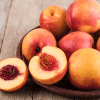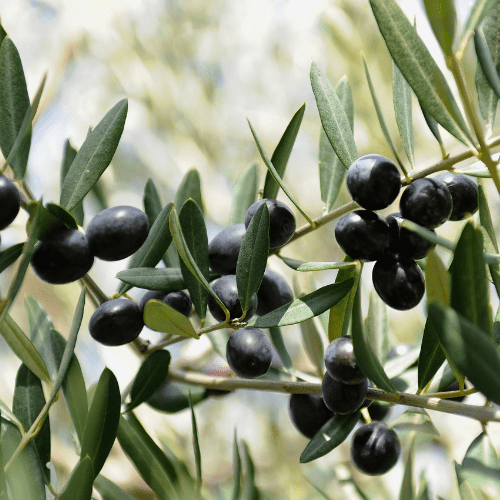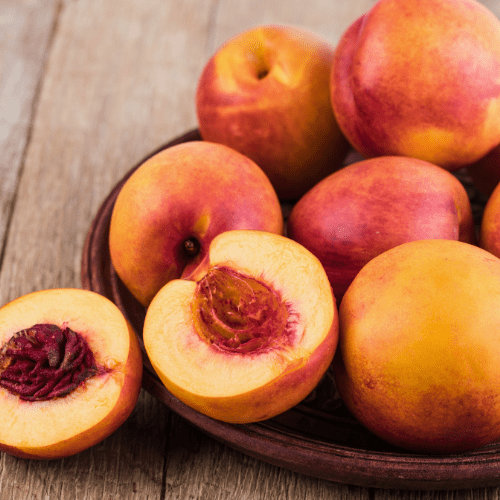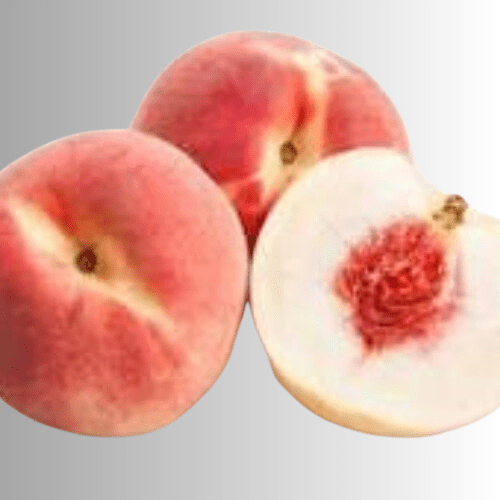Position
Full sunlight helps to prevent the tree from contracting diseases. The sunshine also helps to produce sweet, delicious fruits; however, they require colder climates and do not do well in warm winter climates.
Plant the tree about six mts from another tree, wall, electric wires, etc., to allow it to grow without being hindered. Use companion plants like legumes, as they attract suitable pollinators and help keep the soil fertile.
Size
This tree reaches a mature height of approximately 5 m, with a canopy spanning 2.5 to 3.5 m.
Soil
Soils that are well-draining yet still retain some moisture are ideal for nectarine trees. The only soils that do not work well are those that are dense or heavy. A slightly acidic pH, between 6.0 and 7.0, is ideal for nectarine trees.
Mulch
Apply organic mulch to your nectarine tree throughout the year.
Use from 2 to 5 centimetres of pine bark mulch to protect the roots from UV damage and drying out. It retains moisture and maintains an optimal pH. Do not let the mulch touch the plant stem, as it may cause infection or rot.
Fertilising
Apply our slow-release all-plant fertiliser. Apply 1 teaspoon every 4-5 months. The roots will absorb what they need.
Alternatively, apply a balanced fertiliser (such as 10-10-10) in early spring before new growth begins. Thereafter, fertilise annually in early spring.
Pruning
The best time to prune nectarine trees is during winter dormancy to minimize disease risk. Light summer pruning can manage growth and improve light penetration, but heavy pruning should be avoided. Cut away dead, diseased, or damaged branches. Fruit trees benefit from an open-center (vase-shaped) structure. Remove inner branches to allow light and air to penetrate the tree’s center. Remove crossing or rubbing branches. For young trees, establish a strong framework; for mature trees, maintain the desired shape. When making cuts, cut back to a healthy bud and at a slight angle to promote healing. If the tree is getting too tall or wide, prune it to maintain a manageable size.
Remove no more than 20-30% of the tree’s canopy at one time. Over-pruning can stress the tree and reduce fruit production.
Pests and Diseases
Nectarines can be susceptible to diseases such as peach leaf curl and brown rot. Use organic products as needed to control pests, and practice good garden hygiene by removing fallen fruit from the soil beneath the tree.
Agricultural Neem Oil or Effective Microorganisms (EM Control) will assist in either prevention or after the fact. If you already have aphids or mites, wash the tree with a harsh hosing, and when dry, spray with Neem oil or EM Control. Nectarine trees need regular spraying before the onset of fruit and immediately after buds turn to small fruit. Continue regular organic spraying for high-quality fruit.
Thinning
Thinning fruit on nectarine trees is essential for producing healthy, high-quality fruit. When trees produce too much fruit, they can become stressed, resulting in smaller, weaker fruits that are more susceptible to disease.
Thin the fruit in late spring to early summer, when the fruit is marble-sized. Avoid thinning too early to prevent unnecessary fruit drop.
Focus on removing smaller or poorly positioned fruits, especially those clustered together, leaving approximately 10 to 15 cm of space between each nectarine. Also, remove any fruit showing signs of pests or disease to prevent the spread of issues.
Harvesting
Pick your delicious, sweet fruit when the skin is orange-red.















